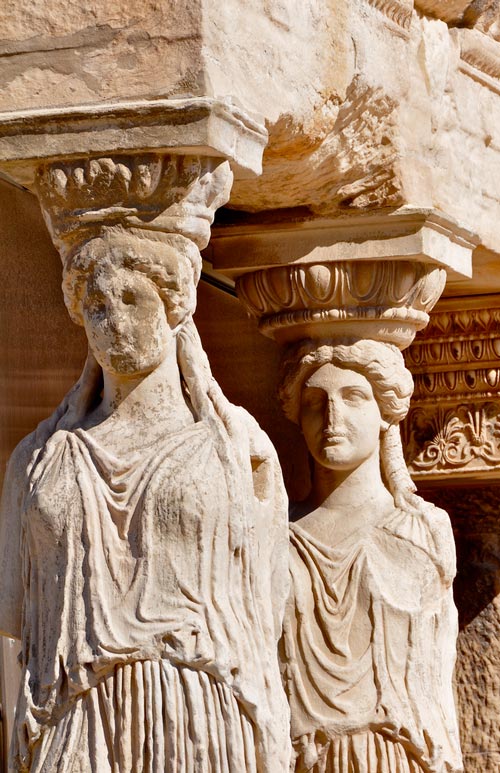Introduction. In the Ecuadorian context, including the province of Esmeraldas, educational institutions adopt pedagogical practices and approaches in teaching mathematics at the high school level. This approach generates different outcomes among students, which, in turn, influence the quality of the educational process. Aspects such as teacher training, the availability of teaching and technological resources, class size, and institutional policies vary between public and fiscal institutions. The proposed analysis describes the educational landscape surrounding mathematics learning, yielding key findings regarding educational quality and continuous improvement in mathematics teaching. By examining the pedagogical differences and similarities between both institutional categories, it is possible to obtain information that allows for the implementation of practices to promote educational equity, allowing students, regardless of their school environment, to participate in a mathematical training process that responds to the demands of their daily lives. Objective. To analyze pedagogical practices and approaches in high school mathematics teaching in public and fiscal institutions in the Esmeraldas canton. Methodology. This is an exploratory, cross-sectional study with a correlational design and a qualitative approach. The synthetic method was used. A survey was administered to a sample of 216 high school students from a public institution and a fiscal-commissioned institution, as well as 20 teachers from both institutions who teach mathematics. Results. There is evidence of a lack of active participation and collaborative work among students in class, which limits the development of skills such as communication, reflection, and critical thinking. This situation also demonstrates a widespread perception of demotivation toward learning mathematics, along with a limited integration of technological tools by teachers. This suggests a pedagogical practice that lacks innovation, focusing on traditional methods that fail to respond to the needs and diversity of students. Conclusion. It is concluded that pedagogical practices and approaches in teaching mathematics at the high school level in public and fiscal institutions in the Esmeraldas canton present significant differences. Although efforts to apply active, student-centered methodologies are evident in both contexts, public institutions face structural and resource limitations that hinder the effective implementation of these strategies. The lack of teaching materials, limited access to educational technologies, and a lack of teacher training negatively affect the development of students' mathematical skills. General Area of Study: Education. Specific area of study: Mathematics Education. Type of study: Original article.


